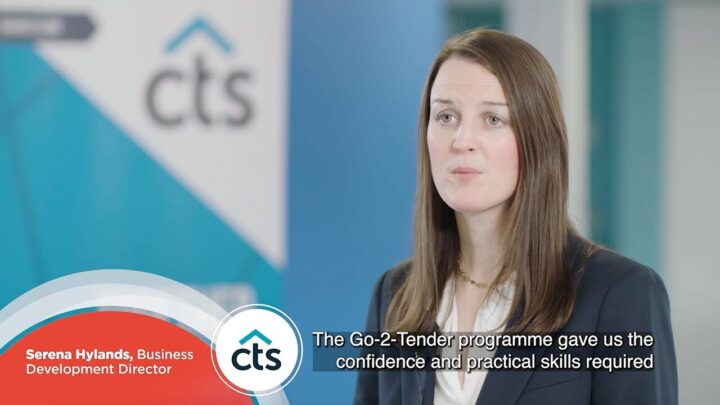
What is it?
We offer an award-winning tender training programme to help businesses in Ireland and Northern Ireland succeed in bidding for and servicing public sector contracts. With our one-on-one, sector-specific support and guidance, you can tap into untapped opportunities in the all-island public procurement market.
Who is it for?
If your business is committed to taking advantage of all-island public tender opportunities, our workshops can help you. Our workshops are designed for owner/managers who want to improve their knowledge and skills to help their business gain a competitive edge in public tendering.
Why choose Go-2-Tender?

What can your business expect to achieve from Go-2-Tender?
- Knowledge and advice on how to navigate the public procurement market in Ireland and Northern Ireland
- Improved skills for bidding on public sector contracts
- Enhanced competitiveness and confidence in tendering processes
- Access to one-on-one mentoring tailored to individual business needs
- Access to valuable online resources and tendering materials
How to apply
Our sector specific training is delivered by an experienced tendering consultant, who provides real insight into the tendering process and shares the practical guidance to give your business the edge.
If you have any queries, please complete our enquiry form below.




